
Pet owners love their animals. While many of them are happy to snap away pictures of their cute pets on their cell phones, pet lovers are now looking for ingenious ways of treasuring their favourite pet moments.
Some people would like to switch from smartphone snapshots to high-quality professional images that'll adorn their homes and warm their hearts.
Pet photography can be an exciting and lucrative business for you if you love animals and what's more, it's fun.
Here's all you need to know about how to start a pet photography business.
What is Pet Photography?
Pet photography is currently trending as one of the most popular forms of photography. It is a way to capture the pet's personality, character, habits and other memorable moments through high-quality images. The photographs can be candid shots or portraits.
If you have a passion for animals and are photography savvy, then this is your calling. In your role as a pet photographer, you will capture precious memories for pet owners and their families. However, like most business endeavours, it is essential to consider several factors before taking the plunge.
Listed here are some essential things you need to know before starting a pet photography business.
Laying the groundwork
1. Working with animals
Do you genuinely love animals? Photographing pets isn't as straightforward as photographing humans. Pets don't stay still, and you will be dealing with a range of temperaments too.
Pet photography can be messy, and you may see yourself spending a lot of time cleaning your equipment and yourself! Some pets might take a long time to settle before they allow you to photograph them.
It would help to have incredible patience and endless enthusiasm. Therefore, having a true passion for working with animals is a must before you even consider venturing into this, or else the whole episode may leave you feeling tired and miserable.
Understand your subjects; you can benefit greatly from studying animal behaviour and learning how pets react to new environments.

2. Developing your style
As you establish your business, it is essential to know your niche. It helps to position yourself better and will support your marketing strategy. A distinct style is critical to set you apart from the crowd. You can continually expand out from your niche as you progress.
For instance, calling yourself a "Pet Portrait Specialist" or a "Pet Family Portrait Photographer" instead of a generic "Pet Photographer" will attract clients in your target demographic.
3. Start-up costs
All businesses require an initial investment, and the pet photography business is no exception. At the start, you can expect high start-up costs.
Start-up costs include the following:
- Behaviour training classes - There are online classes or courses in community colleges. Your observation skills will be your most valuable asset. If courses don't fit your budget, you could purchase books on animal behaviour
- Photography equipment (DSLR camera, Lens with autofocus like the 50mm f/1.4, Zoom lens, High-speed memory cards)
- Computer and editing software- Even the best clicks need some touch-up during post-processing. Editing is part of the photography process, and using good software will help you deliver beautiful images to your clients
- Pet-Friendly Props
- Speedlight
- Business Insurance - to protect your company's financial wellbeing in the event of a covered loss.
- Mobile studio - Most pet photographers opt for a portable studio instead of a physical studio as it offers more flexibility and cuts the overhead costs.
- Marketing costs

Growing your business
1. Polish your marketing skills
As much as you wish the pet photography business to be about waking up and taking cute and cuddly pictures of pets, the reality is that even creative industries are still businesses. You need to treat it like one.
Developing new and innovative ways of gaining business, drawing up contracts, editing, building your brand, social media management, and so on will be taking up most of your time.
In the current climate, it is imperative to understand the nitty-gritty of the business. Consider taking some marketing courses before filing your company. Another option is to gain experience with an established pet photographer and understand how the pet photography business works.
2. Advertising
Create your account on popular social media like Instagram, Facebook, and Twitter. Post relevant content and use it to promote your brand and business.
Post consistently and post quality content. The more likes and shares you get, the bigger you grow. Always keep your brand personality in mind when posting.
If you notice some of your posts getting more engagement, try using those pictures to promote your brand through local businesses like pet cafes, vet clinics, or doggy day-cares. They may be willing to put your flyer or business card on their bulletin board.
In the era of social media, word of mouth and referrals are still important sources of new business. Ensure you provide current customers with some incentives for repeat bookings and referrals.

Expanding your business over time
1. Build your equipment arsenal
To meet the growing demands for higher-quality images and to advance your skills, you will need to update your gear from time to time. It means buying new equipment or trading the old ones for new ones.
A great way to upgrade equipment is to rent, trade, or share gear with other local photographers. It would be best to consider developing a business rapport with your equipment company.
2. Develop your skills
A broader skill set can help you attract more clients. Upskill yourself as you get more involved in your business. Widen your experience by working with different kinds of animals.
Enrol in advanced courses for animal training.
Hone your photography and editing skills - you can take up online tutorials.
3. Hire people
As your business grows, you may realize that you won't be able to handle everything by yourself so you may consider hiring employees. You may need to consult an accountant if you are unaware of the hiring formalities.
4. Work hard and be patient
Over the years, it will be vital to keep the passion alive. You need to stay enthusiastic and devoted to your craft.
Remember that pets don't have a long lifespan like human beings. So the pictures you take will be cherished by a pet parent for years after the pet is gone. So put your heart into it and work hard.
Most importantly, believe in yourself.
Related Articles
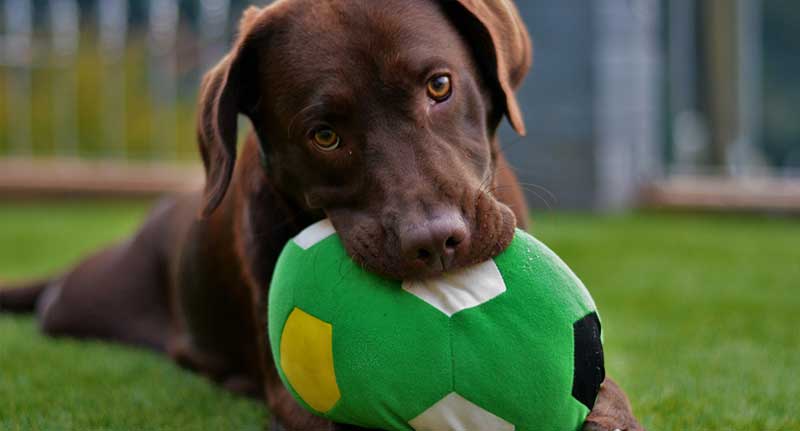
How to Start a Dog Daycare Business: Step-by-Step Guide (2022 Edition)
With a daycare facility for dogs, dog lovers can turn their passion into a business. This blog covers such topics as business plans, pricing, a financial plan, insurance, staffing, location, and best practices for success. Read more...
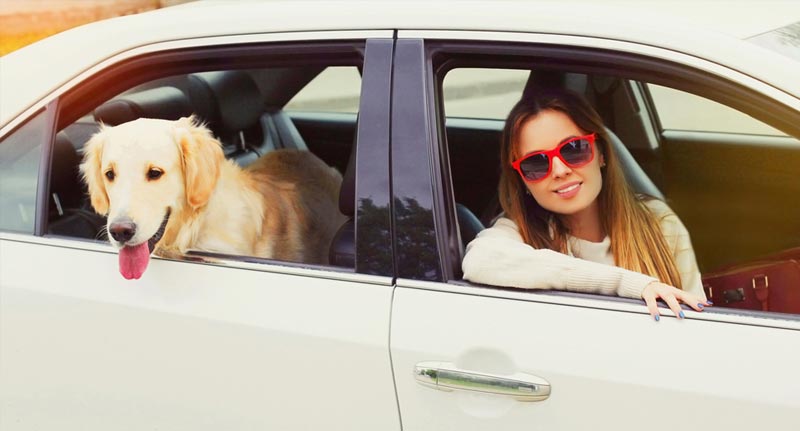
How to Start a Pet Taxi Business UK - (11 Steps)
The pet taxi industry is a relatively new entry into the UK, but shows every sign of potential growth, and is a relatively low-cost way of starting a business. Read more...
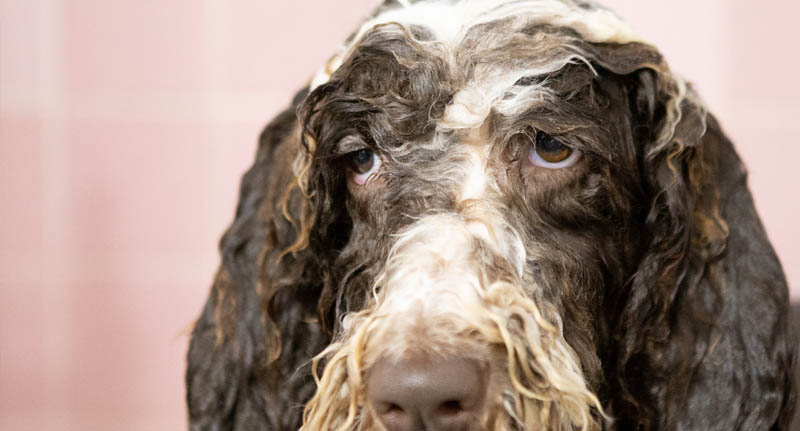
Starting a Dog Grooming Business UK | Top Tips (2022)
Are you looking to start a dog grooming business in the UK? If you're a dog lover and have the experience of handling or taking care of dogs, then there's no better business to start than a dog grooming business. Read More...
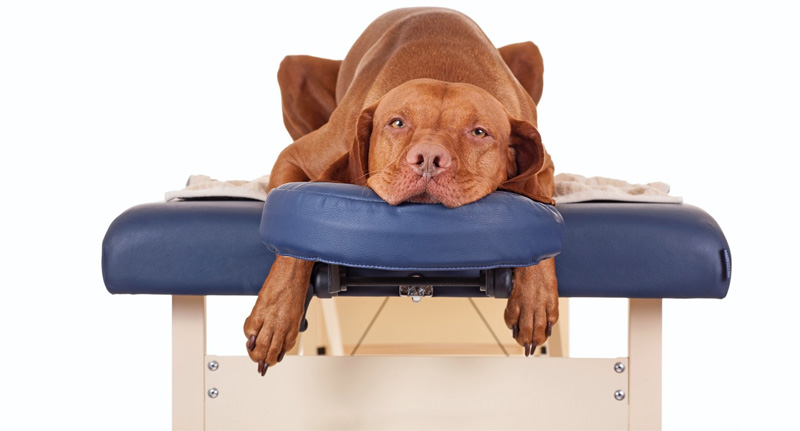
How to Start a Dog Kennel Business
With us Brits taking an average of 3.9 holidays a year, you can see why you might want to figure out how to start a dog kennel business sooner rather than later. Read More...

How to Start a Dog Breeding Business
Find out the steps to starting a dog breeding business and how to succeed with it. CLICK HERE.
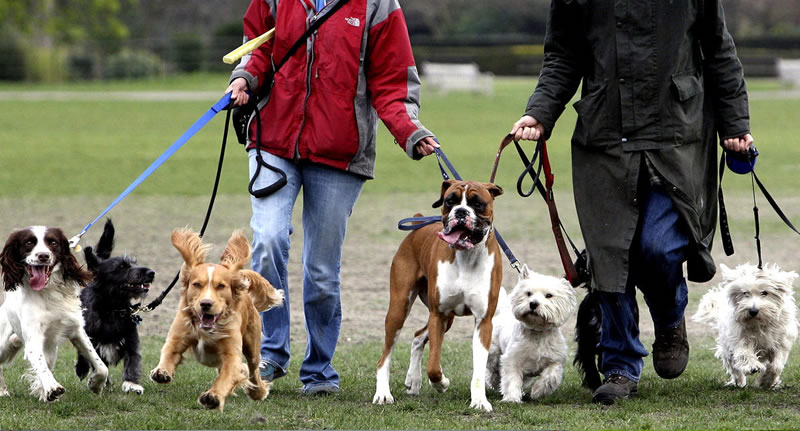
How to Start a Dog Walking Business (ULTIMATE GUIDE)
Are you thinking of starting a dog walking business? Read our COMPREHENSIVE guide, and learn how to run and market your new business from scratch. Click here for more details.